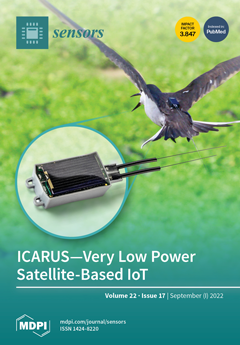With the global population surge, the consumption of nonrenewable resources and pollution emissions have reached an alarming level. Engineered bamboo is widely used in construction, mechanical and electrical product packaging, and other industries. Its main damage is the material fracture caused by the
[...] Read more.
With the global population surge, the consumption of nonrenewable resources and pollution emissions have reached an alarming level. Engineered bamboo is widely used in construction, mechanical and electrical product packaging, and other industries. Its main damage is the material fracture caused by the expansion of initial cracks. In order to accurately detect the length of crack propagation, digital image correlation technology can be used for calculation. At present, the traditional interpolation method is still used in the reconstruction of engineered bamboo speckle images for digital correlation technology, and the performance is relatively lagging. Therefore, this paper proposes a super-resolution reconstruction method of engineering-bamboo speckle images based on an attention-dense residual network. In this study, the residual network is improved by removing the BN layer, using the
loss function, introducing the attention model, and designing an attention-intensive residual block. An image super-resolution model based on the attention-dense residual network is proposed. Finally, the objective evaluation indexes PSNR and SSIM and subjective evaluation index MOS were used to evaluate the performance of the model. The ADRN method was 29.19 dB, 0.938, and 3.19 points in PSNR, SSIM, and MOS values. Compared to the traditional BICUBIC B-spline interpolation method, the speckle images reconstructed by this model increased by 8.55 dB, 0.323, and 1.43 points, respectively. Compared to the SRResNet method, the speckle images reconstructed by this model were increased by 4.53 dB, 0.111, and 0.14 points, respectively. The reconstructed speckle images of engineered bamboo were clearer, and the image features were more obvious, which could better identify the tip crack position of the engineered bamboo. The results show that the super-resolution reconstruction effect of engineered-bamboo speckle images can be effectively improved by adding the attention mechanism to the residual network. This method has great application value.
Full article






